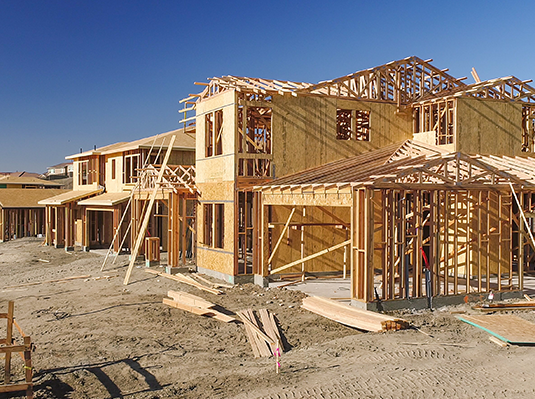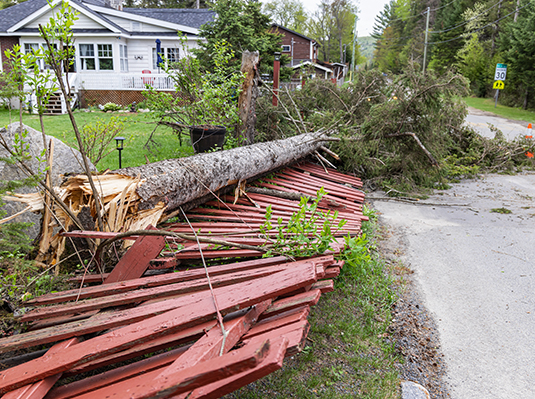
Making informed decisions is key when safeguarding your home from these seismic disasters; knowing some basics about earthquake insurance takes you that crucial step closer to keeping what matters most safe.
Do I Have Coverage for Earthquakes on Your Home Insurance?
When it comes to home insurance, earthquakes are not typically covered and require a separate policy. This is because the damages caused by earthquakes can be significant and costly, making them too high risk for most insurance providers. In order to have your home protected against potential earthquake damage, you must purchase an additional earthquake insurance policy. It's important to research your options thoroughly, as different providers offer different levels of coverage and protection, depending on where you live. Ultimately, having an earthquake policy in place can provide peace of mind knowing that you are financially protected in the event of an unexpected disaster.
Which States Offer Coverage for Earthquakes?
Earthquake insurance is available in all states but not all insurance providers offer it. Generally, states that have had the most significant historical seismic activity – such as California, Oregon, Washington, and Alaska – may have more providers offering earthquake coverage. If you live in a state with higher seismic activity or on an active fault line, companies will typically require you to buy additional earthquake insurance to protect your home from potential damages.
What Does Earthquake Insurance Cover?
Earthquake insurance is put in place to cover a particular home and the contents within it from any significant damage that is caused by earth movement. This can range from a broken driveway and structural damage to broken decorative items and electronics. In the instance that your home is damaged in such a way, earthquake coverage will pay out to assist in replacing or repairing the damaged property. Additionally, policies often extend coverage to aftershocks occurring within 24-36 hours following the initial earthquake. That said, it's important to note that this type of policy does not include associated perils like floods or sinkholes.
How does earthquake insurance deductible work?
Earthquake insurance policies typically have a separate deductible from other types of coverage. The deductible rate can range between 2% and 20% of the dwelling coverage, depending on your geographic location in relation to active seismic fault lines. If you reside in an area with higher seismic activity, your policy is likely to have a higher earthquake deductible than elsewhere.
Do I Need Earthquake Insurance?
Most people understand that some areas are far more likely than others to experience earthquakes, but how should you know if you need earthquake insurance? Well, anyone who owns a home can potentially need earthquake insurance. Before making the decision, it is important to be educated on the proper resources for weighing the risk. The Federal Emergency Management Agency (FEMA) maintains a map that indicates the likelihood that a property will experience an earthquake. This map will show you if your home is located near potentially active fault lines or not so that you can make an informed decision. Earthquake insurance is not typically required by banks for home loans, however, it is something that some lenders may require in certain areas where earthquakes are more common. Depending on the location and other factors, some lenders may require that borrowers purchase earthquake coverage as part of their loan agreement. It is a good idea to check with your lender to find out if they do or do not require earthquake insurance to obtain a home loan. Whether you are in a low or high-risk area, you should speak to your insurance agent and have them check the price of attaining earthquake coverage.
Earthquake coverage is often neglected simply because it is not required by law. Most Americans are without any coverage in this department, and this leaves millions of people to pay for costly repairs caused by earth movement out of pocket with no help. If you currently own a home and do not have earthquake coverage, take the time to take a look at the FEMA Earthquake Zone Map and consult with your insurance agent to see if it makes sense to add this to your current coverage.
The contents of this article are for informational purposes only. You should not act or refrain from acting based on this information without first consulting a Goosehead licensed agent at [email protected]. We disclaim all liability for actions taken or not taken by you based on the contents of this article which is provided "as is." Goosehead makes no representation that this content is error-free.


